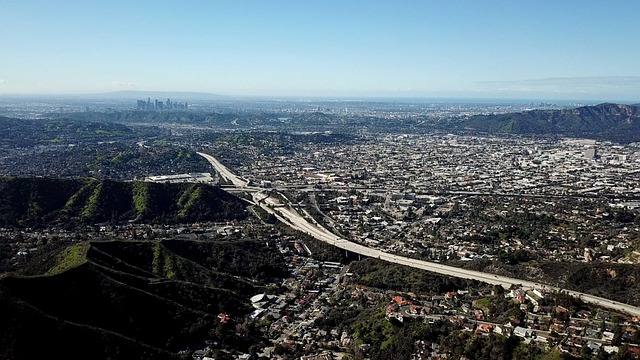Real estate developers are transforming urban landscapes by creating vibrant sports and entertainment hubs that merge athletic facilities with entertainment venues, catering to integrated experiences. Success factors include prime locations, excellent accessibility, cultural amenities, robust local economies, and appealing government incentives. These hubs enhance urban living, foster businesses, attract events, and boost property values while promoting social interactions, active lifestyles, sustainability, and overall well-being through eco-friendly design and green spaces.
In today’s competitive market, sports and entertainment hubs are transforming urban landscapes. This article delves into the rise of these dynamic regions from a real estate perspective, exploring key factors attracting developers and investors. We dissect the design principles shaping future communities, emphasizing integration, amenities, and sustainability. By understanding these trends, real estate professionals can capitalize on the burgeoning demand for vibrant, multifaceted spaces that blend sports, entertainment, and living seamlessly.
The Rise of Sports and Entertainment Hubs: A Real Estate Perspective

In recent years, the concept of sports and entertainment hubs has taken off, transforming real estate landscapes across cities. These dynamic spaces merge athletic facilities with entertainment venues, creating vibrant centers that attract both locals and tourists alike. The rise of such hubs reflects a growing demand for integrated experiences that combine physical activity and leisure, blurring the lines between sport and recreation. Real estate developers have caught on to this trend, strategically designing and revitalizing areas to cater to these changing preferences.
From former industrial sites to waterfront properties, real estate professionals are reimagining spaces to accommodate mixed-use developments. These hubs not only enhance urban living but also contribute to economic growth by fostering local businesses and attracting international events. The integration of sports facilities with entertainment options like restaurants, retail stores, and cultural amenities creates a diverse, thriving environment that enriches communities and raises property values in the surrounding areas.
Key Factors Attracting Developers and Investors

The location, accessibility, and overall vibrancy of a region play pivotal roles in attracting developers and investors keen on transforming it into a sports and entertainment hub. Key factors include a robust real estate market characterized by prime locations with potential for expansion and development. Easy accessibility through well-connected transportation networks, both for residents and visitors, is another major draw. The presence or proximity to major sports facilities, cultural venues, and entertainment hotspots significantly boosts the region’s appeal.
Furthermore, a thriving local economy, supported by robust tourism infrastructure, offers investors assurances about the market’s stability and growth potential. Encourageings incentives from local governments, such as tax breaks and subsidies, can also sway developers’ decisions. Ultimately, these factors combined create an attractive environment conducive to the development of world-class sports and entertainment destinations.
Designing Future Communities: Integration, Amenities, and Sustainability

In designing future communities centered around sports and entertainment hubs, real estate developers must prioritize integration and accessibility. These vibrant regions should seamlessly blend residential, commercial, and recreational spaces, fostering a sense of community among residents and visitors alike. By integrating amenities like parks, fitness centers, and cultural venues within walking distance or easily accessible by public transport, these hubs can promote active lifestyles and social interactions, redefining urban living.
Sustainability is another critical aspect to consider. Eco-friendly architecture, energy-efficient infrastructure, and green spaces should be integral parts of these developments. Implementing renewable energy sources, smart waste management systems, and water conservation measures not only reduces environmental impact but also creates healthier living environments. Such strategies ensure that sports and entertainment hubs not only thrive but also contribute positively to the overall well-being and resilience of future communities.






